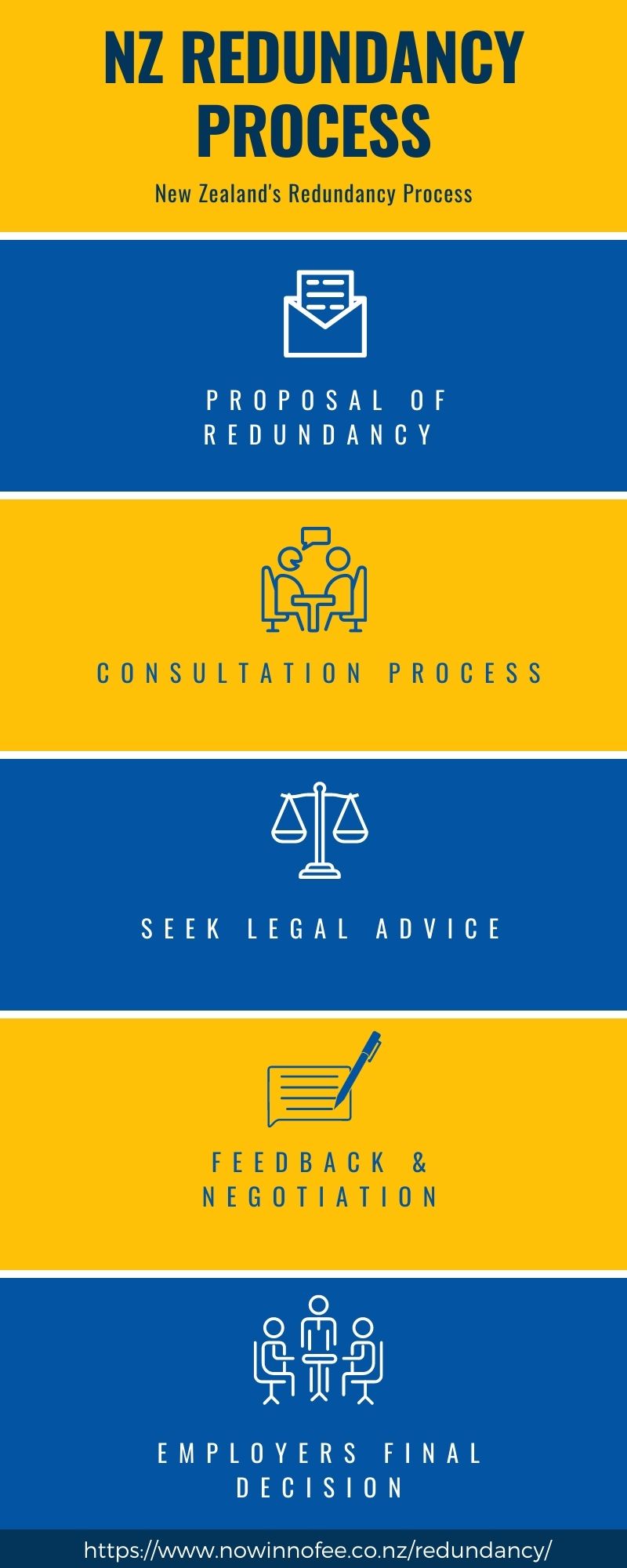Who Pays Redundancy Money? A Comprehensive Overview for Companies and Employees
Who Pays Redundancy Money? A Comprehensive Overview for Companies and Employees
Blog Article
Checking Out the Interaction Between Firm Redundancy and Business Adaptability for Future Development
In the vibrant landscape of today's company globe, the detailed relationship between firm redundancy and organizational adaptability emerges as an important element for continual development and success. Business often deal with the challenge of striking a fragile balance between preserving a degree of redundancy to minimize risks and cultivating flexibility to respond quickly to the ever-evolving market needs.
Significance of Business Redundancy
Firm redundancy is an important element that enhances business resilience and alleviates functional risks. By incorporating redundancy procedures within the organizational framework, business can much better stand up to unforeseen disruptions and fluctuations in the service setting. Redundancy acts as a calculated buffer, enabling companies to adjust and respond efficiently to unanticipated challenges without endangering essential procedures.
One secret element of the relevance of business redundancy is its duty in making certain connection throughout times of dilemma. When confronted with unexpected adjustments or emergencies, redundant systems, resources, or workers can action in to keep vital functions and prevent extensive disruptions. This connection not only safeguards the company's credibility and consumer trust fund but likewise reduces monetary losses and operational downtime.

Techniques for Business Adaptability

An additional critical method is purchasing technology and infrastructure that can sustain flexibility and scalability. Applying electronic tools, automation, and data analytics can enhance operations, improve efficiency, and offer valuable understandings for informed decision-making. Furthermore, creating adaptable organizational frameworks that permit quick changes to market dynamics and customer demands is important for staying affordable in a swiftly advancing setting. By proactively identifying possible disruptions and opportunities, companies can proactively flourish and adapt in an ever-changing company landscape.
Harmonizing Redundancy and Flexibility
Achieving a harmonious equilibrium in between functional redundancy and business flexibility is paramount in navigating the intricacies of a dynamic service environment. Redundancy within a company gives a security web, making sure connection and stability in operations. Nevertheless, an excess of redundancy can result in inefficiencies and impede adaptability to changing market conditions. On the various other hand, business versatility enables firms to react quickly to outside interruptions and confiscate brand-new chances. Striking the best balance between redundancy and adaptability is a fragile procedure that requires a deep understanding of the company's goals, industry characteristics, and danger tolerance.
To achieve this equilibrium, business need to carry out routine assessments of their operations to identify locations where redundancy is needed for threat reduction and where versatility can drive development and development. Applying adaptable structures, promoting a society of continual discovering and improvement, and urging open communication across all levels of the company are vital approaches to integrate redundancy and flexibility properly. By lining up these 2 essential useful content elements, firms can place themselves for lasting growth and success in an ever-changing company landscape.
Study on Adjustment Success
In checking out instances of successful business adaptation, it becomes apparent that the interplay between functional redundancy and adaptability is a specifying element in forming resistant organizations. A DVD rental solution, Netflix showed remarkable adaptability by transitioning into a streaming platform when digitalization disrupted the market. These case research studies emphasize the relevance of operational redundancy coupled with business flexibility in fostering long-term development and competitiveness.
Structure Strength for Future Development
Structure durability for future growth calls for a strategic positioning of functional processes with market dynamics and emerging fads. Business need to adapt to transforming environments by fostering a society of flexibility, innovation, and continual renovation.
Furthermore, cultivating solid connections with stakeholders, such as consumers, staff members, distributors, and the neighborhood, is vital go to my blog for weathering uncertainties and preserving trust and assistance throughout stormy times. Effective interaction and transparency play a vital duty in building strength, as they help help with and straighten expectations collaboration in browsing unpredictabilities.
In addition, companies need to focus on understanding and advancement efforts to upskill staff members and equip them with the required tools to adapt to transforming situations. By spending in their labor force, firms can improve their versatility and dexterity, eventually reinforcing their resilience for sustainable future growth.
Verdict

In the vibrant landscape of today's business globe, the complex relationship in between company redundancy and business adaptability arises as a critical aspect for sustained development and success. Companies often encounter the difficulty of striking a delicate equilibrium between maintaining a level of redundancy to mitigate threats and promoting adaptability to respond promptly to the ever-evolving market demands.To attain this balance, business need to perform routine analyses of their operations to identify areas where redundancy is essential for threat reduction and where versatility can drive innovation and growth.In verdict, the interplay in between company redundancy and business flexibility is essential for future development. Structure durability click resources with a mix of redundancy and versatility will make sure that firms are prepared for the challenges of the future.
Report this page